Questionhey i have a couple of questions. i have a leopard gecko who stopped eating about a month ago so now i force feed it. Hes about 7 months old and extremely skinny. i buy him baby food (organic chicken and sometimes its mixed with vegetables) is that alright? is there some kind of food i can make thats easy or that i could buy?
also, i bought 2 more baby leopard geckos yesterday and they are about 2 months old. The thing is, i have an aquarium thats 76cm X 30cm X 30cm and i was wondering... if i put a barrier in the middle and seperate the geckos, could the other 2 still get sick? they have everything they need and the temperatures are right (high 80s day, low 70s night). ?
please help, i dont want to lose any of them.
AnswerYour Leo really needs to see a vet to find out why he isn't eating. He may have a overload of internal parasites. There isn't any food that can be purchased(other than proper insects) that can maintain an leo....Chicken and other "human" foods are too high in different nutritional areas that isn't good for leos. The fat content is most likely too high for a leo. For force feeding, he needs to be eating the same foods that are his staple diet. This would mean that the insects have to be blended and fed through a syringe. He really needs to see a vet to find the cause of his not eating.
You really don't know what is wrong with your leo, so its impossible to know if the other two will get sick. If your leo that isn't eating has internal parasites, yes, your other ones can get them...as they can several other diseases..
The size tank you are using is barely large enough for one adult leo... To divide that would make it so none of them have enough room..and leos grow very fast. Each leo needs to have their own 20 gallon tank. Since two are babies, you most likely don't know the sex..if you have more than one male, they will fight to death.
You may be misunderstanding the temperature needs. They actually need 3 temperature ranges during the day...a warm area, a ambient area and a cool area...and at night, its best to provide a warm area in addition to the cooler, night time temperatures. I've included a basic care sheet that has information on the care needs of leos...
as to your leo not eating...
it may be due to incorrect temperatures...or lack of some other need in his care. Do you gut load all insects for at least 24-48 hours before feeding them to your leos? If not, your leos are not getting any nutrition from the insects as that if the insects aren't fed good foods, they have no nutrition.
There are also links to finding a vet that is able to treat reptiles.
BASIC CARE FOR A LEOPARD GECKO
Leopards are pretty easy to care for but they do need
special care. Here are some of the basic needs of your gecko.
HOUSING: The need to have at least a 20 gallon long tank for one Leo. This needs to have a secure fitting screen top...they can be quite the escape artists!!! They need to have a humid hide box.You can make this with something as simple as a small plastic dish with a hole cut in one side and a small mesh bag filled with some Sphagnum moss coconut bark or Peat moss that you mist.
I made mine out of the small plastic folgers coffee containers...I cut an opening in the lid..and put the moss in..they LOVE it. I use the terrarium moss in mine.
I use that on the warm side of the tank. Be sure to provide a cool hidebox on the other end. I also provide a mid temperature hide...which is in the middle of the tank.I use the critter caves which you can purchase. NOT the ones that have heat in them!!!!
Provide secure climbing areas for your gecko. Fake plants, rocks and branches are all fine to use. be sure there are no wires or sharp ends to any fake plants you use.
*****SUBSTRATE:(that's the stuff on the floor of your tank) Newspaper, lizard carpet or paper towels work great and are easy to clean and are much safer than any loose substrate. Sand or other loose substrate is not recommended as that they can be deadly to the leo when it is ingested(eaten, even by accident while eating their insects)...A very graphic site of an impacted leo surg can be seen at http://homepage.mac.com/exoticdvm/reptile/PhotoAlbum181.html it is very graphic!!! ******What I have found that works great for safety and heat distribution is using about 1/4 inch of childrens play sand(since the tiles fit tight together, there is no sand danger) on the bottom of the tank and on top that you place ceramic or slate floor tile. What is nice is that the 12 x 12 squares fit perfect in a 20 gallon tank with no spaces between the tiles. The sand and the tile distribute the heat wonderfully. Using the under tank heater as described is what distributes the heat. Also, overhead heat will help in heating the tiles...I've been using this set up for several years and the leos love it. Using a tile that isn't smooth is recommended. **********
TEMPERATURES: They need a warm area of 88-92 degrees and a
cooler area in the upper 70s, low 80s. At night their temperature can drop to the low to mid 70's.
Never use a hot rock for a leopard gecko...or any reptile.
They can severely burn any reptile. You can use a heating
pad under the tank,under tank heater, or you can use a regular household lightbulb in a dome fixture with a ceramic socket in it to keep the warm area at the 88-90 degree area.At night, no white light. If room temperatures stay above 70 degrees, no extra night heat is needed. The undertank heater or heating pad should cover about 1/3 of the tank....be sure to raise the tank up about 1/4-1/2 inch off the stand when using an undertank heat source to prevent heat build up which can cause the glass to break and hot spots in the glass. Be sure to have a good layer of newspaper, carpeting or, even a thin flat rock(such as tile) on top the area that the undertank heat source is placed...if you use a thin rock or tile, it helps to distribute the heat very well.
You can use the special nighttime lights that are designed for reptiles. I like using a ceramic heat emitter on a thermostat for nighttime heat.
DO NOT use black lights or party lights as they can cause eye damage!!!!
The wattage you use will vary based on room temperature and size of tank.
LIGHTING: Leopard geckos do not need UVB lighting but it does not hurt them to give them uvb. They should have some type of light during the day, be it a uvb tube, regular florescent light, reptile day light or regular household lightbulb. NO white lights at night!!!
FEEDING: Geckos should not be fed crickets or other insects that are bigger than the space between their eyes. Generally, hatchlings can be fed more than once a day,juvys can be fed twice a day, adults are fed once daily or every other day, in the early evening. Crickets and other food items such as silk worms, super, and an occasional treat of a wax worm, need to be dusted with a calcium supplement two times a week and also they should have a small dish of calcium in their tank. I use the lid of a milk jug for the little dish of calcium in their tank. For dusting the insects, Use a calcium with no added phosphorus. Insects must be gut loaded(fed) for at least 48 hours prior to feeding your gecko. Remove any uneaten crix or superworms after 15-20 minutes..... Place a piece of cut potato in the tank so that if you have missed any uneaten insects, they will eat the potato instead of nibbling on your gecko!!!
*************You have to be sure to feed your crickets and insects the right foods before feeding them to your gecko. If your crickets/insects are not healthy and well fed, your gecko will not get the nutrition he needs. You can gut load your crickets and insects greens, veggies, cereals or specially designed commercial foods for crickets or the insects you are feeding. ************
Be sure to have a small dish of clean water for your gecko at all times!!
You can offer them some baby food or fruits on occasion ...
Mine will even eat a small piece of watermelon now and then.WATER: always provide a dish of drinking water. If you choose to mist your gecko to drink, its best to not get the tank too wet as that they do not do well with higher humidity. Sometimes its better to take your leo out of their tank to mist them to get them to drink!!!
HANDLING: Some geckos enjoy being held...others prefer not to be handled at all. Be sure to be very gentle when holding your leo and NEVER grab them by the tail! Their tails are extremely fragile and will break.
I do suggest finding a vet that can treat reptiles BEFORE you actually need one!!! To find a vet that is able to care for reptiles:
http://www.anapsid.org/vets
http://www.arav.org/Directory.htm
For more information on leopard geckos:
http://www.thegeckospot.com/leocareindex2.html
http://www.drgecko.com
If you have any questions or don't understand something, please let me know.

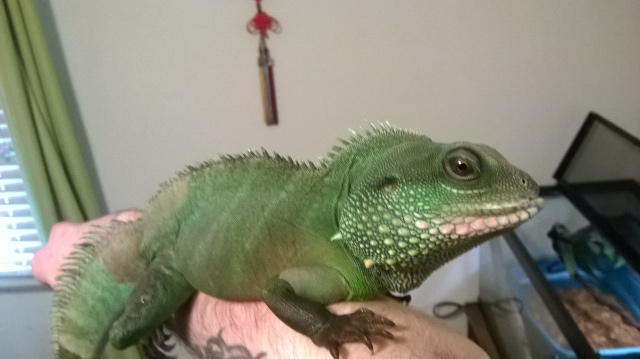 chinese water dragon
Question
Xerxes the water drago
I have an adult
chinese water dragon
Question
Xerxes the water drago
I have an adult
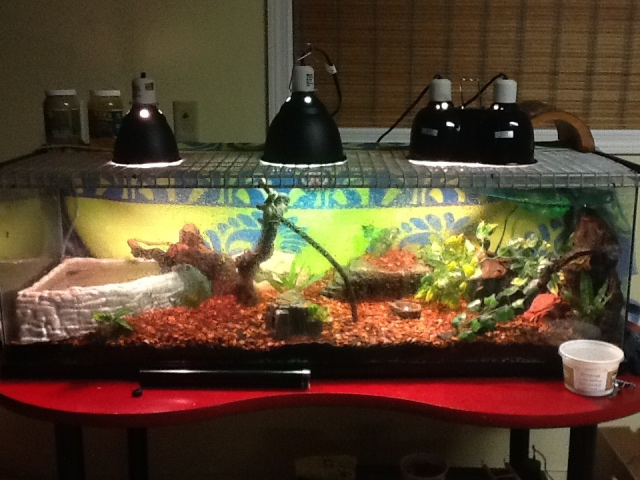 Juvenile Water Dragon digging
QuestionMargos tank
QUESTION: I have a water dra
Juvenile Water Dragon digging
QuestionMargos tank
QUESTION: I have a water dra
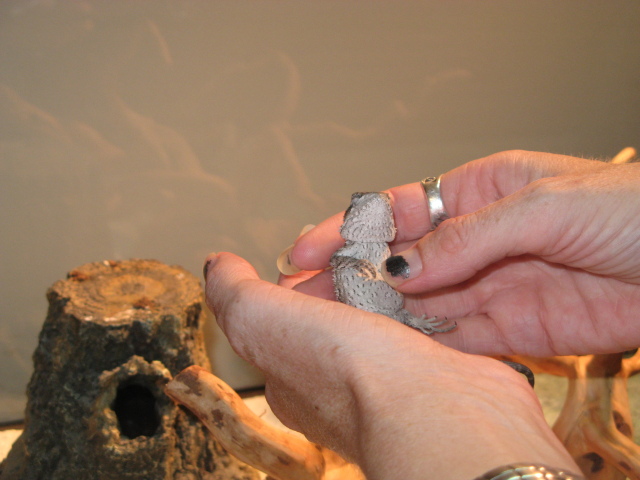 Beardie & Greens?
QuestionBearded Dragon (Puff)
QUESTION: How do I
Beardie & Greens?
QuestionBearded Dragon (Puff)
QUESTION: How do I
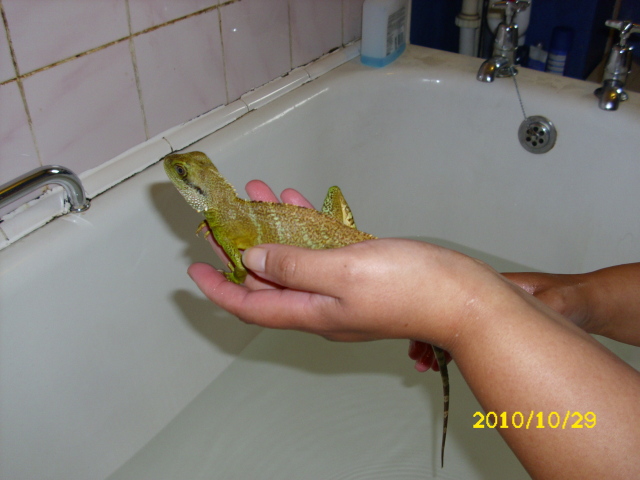 Re: water dragon
Question
Rex the water dragon
Hi Tracie,
My water drag
Re: water dragon
Question
Rex the water dragon
Hi Tracie,
My water drag
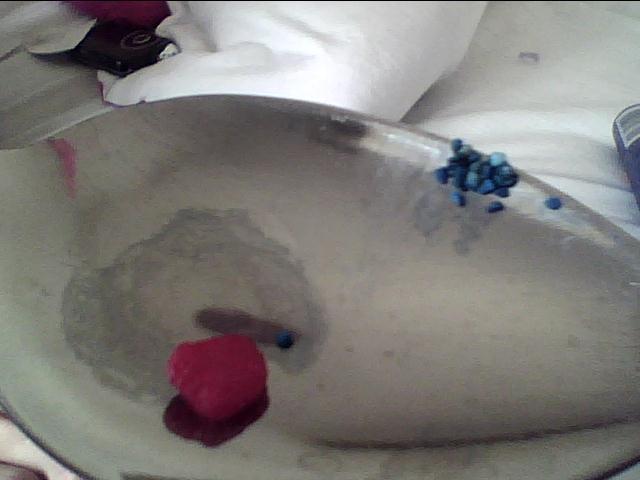 Red crystals????
QuestionRed crystal
QUESTION: Im really worried
Red crystals????
QuestionRed crystal
QUESTION: Im really worried